Dan Flavvin at Donald Young through Nov. 14.
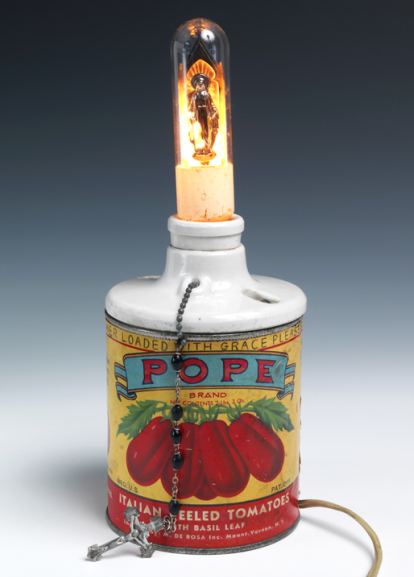
Regina Hackett takes her Art to Go
The Dance (for Robert Duncan)
Amiri Baraka, aka Leroi Jones
The dance (held up for me by
an older man. He told me how. Showed
me. Not steps, but the fix
of muscle. A position
for myself: to move.
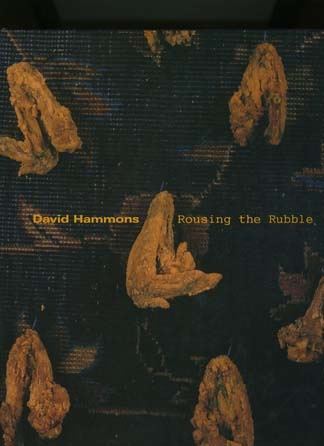
Duncan
told of dance. His poems
full of what we called
so long for you to be. A
dance. And all his words
ran out of it. That there
was some bright elegance
the sad meat of the body
made. Some gesture, that
if we became, for one blank moment
would turn us
into creatures of rhythm.
Jana Sterbak, Vanitas: Flesh Dress for an Albino Anorectic, 1987-2006
I want to be sung. I want
all my bones and meat hummed
against the thick floating
winter sky. I want myself
as dance. As what I am
given love, or time, or space
to feel myself.
Mark Prent, Thawing Out, 1972
The time of thought. The space
of actual movement. (Where they
have taken up the sea, and
keep me against my will.) I said, also,
love, being older or younger
than your world. I am given
to lying, love, call you out
now, given to feeling things
I alone create.
Zhang Huan, My New York, 2002
And let me once, create
myself. And let you, whoever
sits now breathing on my words
create a self of your own. One
that will love me.
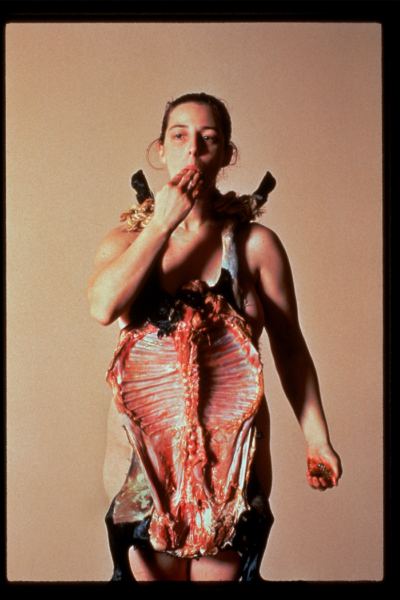
On Labor Day, 1993, Jason Sprinkle and a few of his friends attached a ball and chain to the foot of Jonathan Borofsky‘s “Hammering Man” in front of the Seattle Art Museum. To prevent damage to the sculpture, they padded the chain with foam. (Image via)
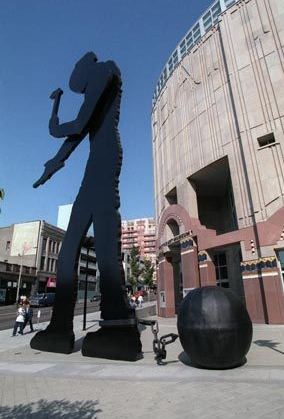 Elmgreen & Dragset at the Frieze Art Fair in London, 2009. (Image via)
Elmgreen & Dragset at the Frieze Art Fair in London, 2009. (Image via)
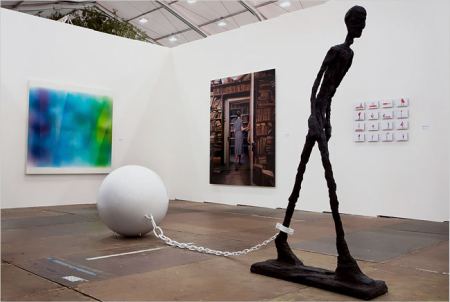
Still traveling around the U.S., the Chinese Corpses exhibit Bodies – The Exhibition returns to Seattle.
I wonder what Zhang Huan thinks.
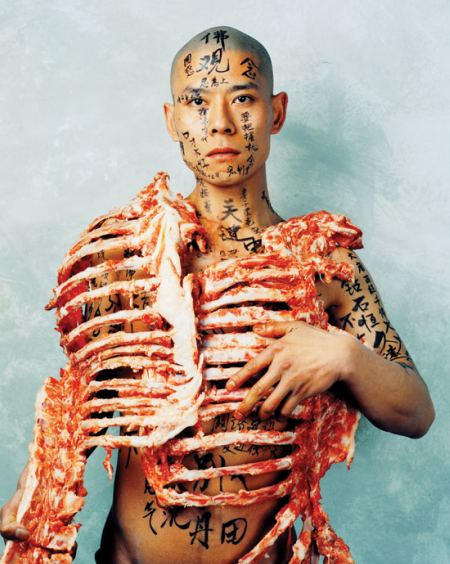 Who’s bodies are those in the exhibit? Questions raised and unanswered here.
Who’s bodies are those in the exhibit? Questions raised and unanswered here.
In their extended synthetic panoramas, Scott McFarland and Paul Berger tend to shrink shadows or misdirect them. They look like raisins added to cookie dough at the last minute.
 Mary Temple: Her trees
Mary Temple: Her trees
painted in latex on walls and stain on floors suggest a fragility they
have transcended. They will not dissolve when the sun goes down or lose
their form in a larger dark.
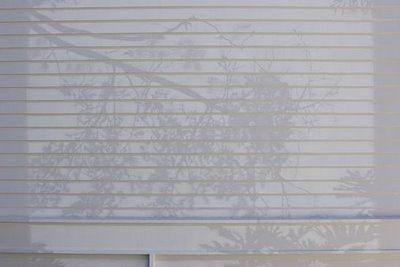 Pat De Caro – When it really is too late to have a happy childhood.
Pat De Caro – When it really is too late to have a happy childhood.
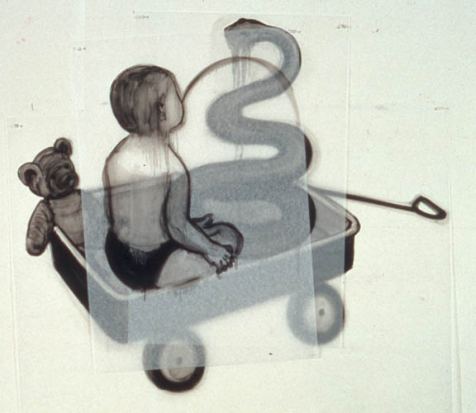 Roger Shimomura: When Japanese Americans were shadows to their fellow citizens.
Roger Shimomura: When Japanese Americans were shadows to their fellow citizens.
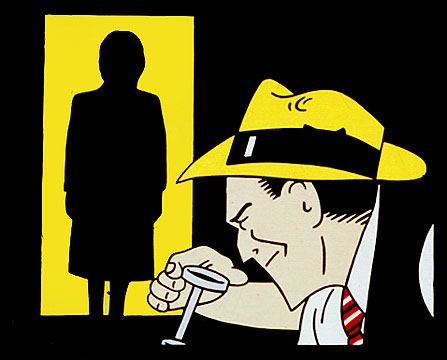 Susie J. Lee – Fugue State
Susie J. Lee – Fugue State
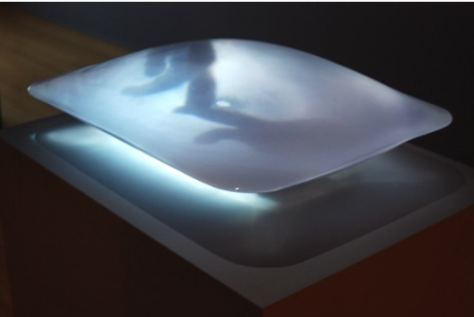 Tannaz Farsi– A reflection is a shadow that repeats everything it sees.
Tannaz Farsi– A reflection is a shadow that repeats everything it sees.
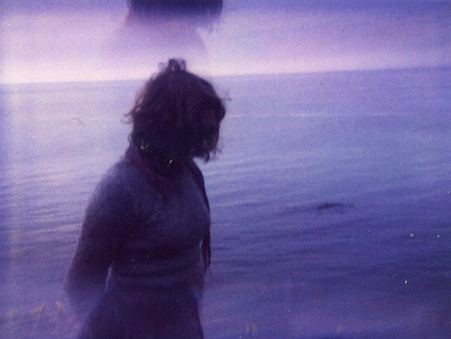 Ross Sawyers,at Platform Gallery Through Nov. 29.
Ross Sawyers,at Platform Gallery Through Nov. 29.
 Stephanie Syjuco – A blackout as a bird of prey.
Stephanie Syjuco – A blackout as a bird of prey.
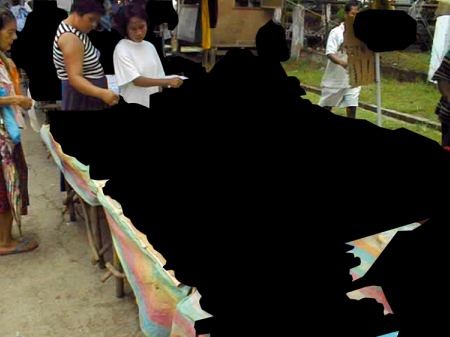 Mark Takamichi Miller – They may be bloated apparitions, but they still dress up.
Mark Takamichi Miller – They may be bloated apparitions, but they still dress up.
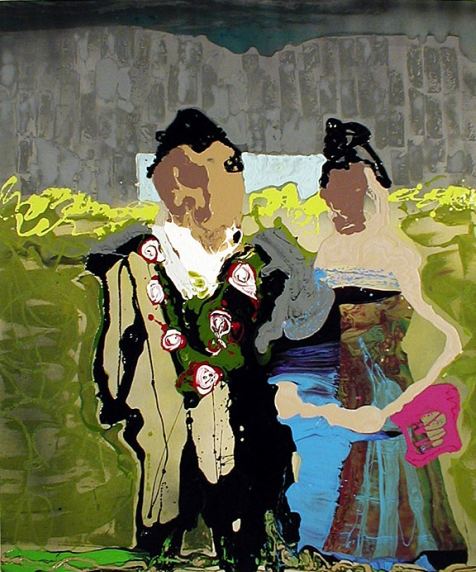 Joey Veltkamp – 1977. Their last good kiss was years ago. (Image via)
Joey Veltkamp – 1977. Their last good kiss was years ago. (Image via)
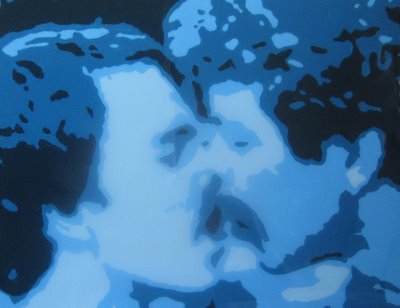
From W. G. Sebald, Austerlitz, 2001
It does not seem to me, Austerlitz added, that we understand the laws governing the return of the past, but I feel more and more as if time did not exist at all, only various spaces interlocking according to the rules of a higher form of stereometry, between which the living and the dead can move back and forth as they like, and the longer I think about it the more it seems to me that we who are still alive are unreal in the eyes of the dead, that only occasionally, in certain lights and atmospheric conditions, do we appear in their field of vision.
As what they lack – heat and light.
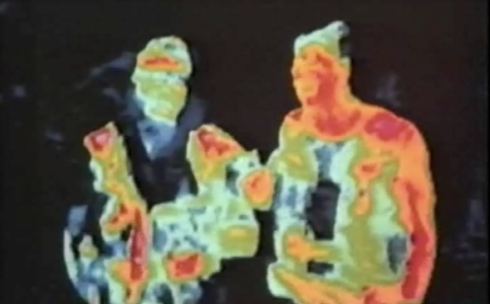
Jorge Macchi – shadow as the end of the road.
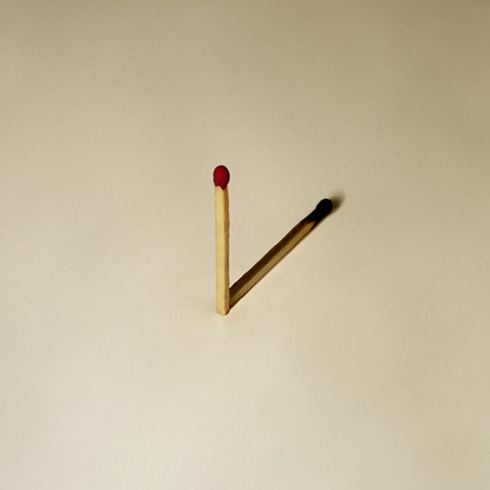 Claudia Fitch: A parenthesis primed to delete its internal aside.
Claudia Fitch: A parenthesis primed to delete its internal aside.
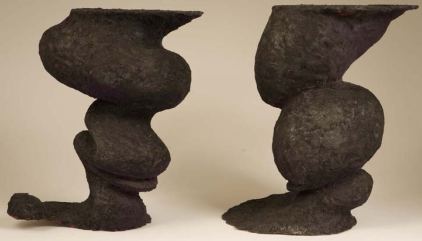 Glenn Rudolph: The solace of a gathering dark.
Glenn Rudolph: The solace of a gathering dark.
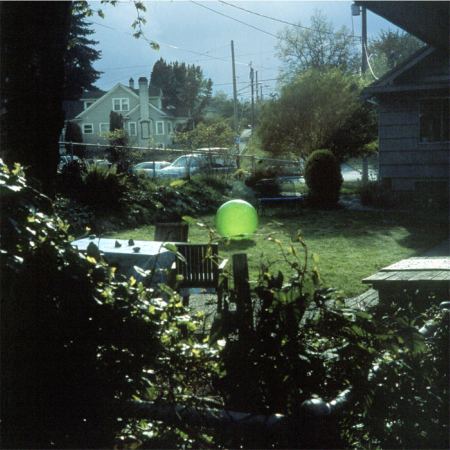
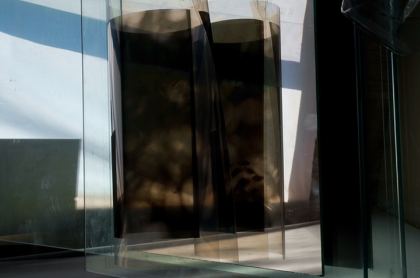 Patrick Holderfield: A landscape of negatives.
Patrick Holderfield: A landscape of negatives.
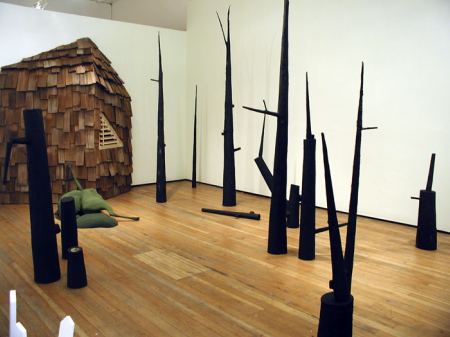 John Divola, from series, Dog Chasing My Car In The Desert
John Divola, from series, Dog Chasing My Car In The Desert
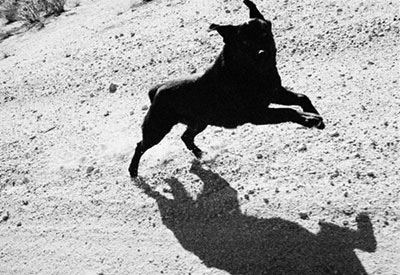 Karen Ganz – There’s nothing quite as noir as a girl with a gun, especially if she’s a shadow.
Karen Ganz – There’s nothing quite as noir as a girl with a gun, especially if she’s a shadow.
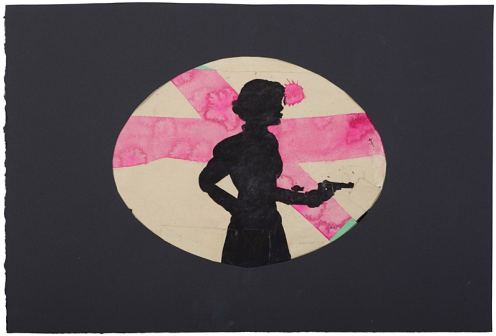 Robert C. Jones – Black holds the blooms in place.
Robert C. Jones – Black holds the blooms in place.
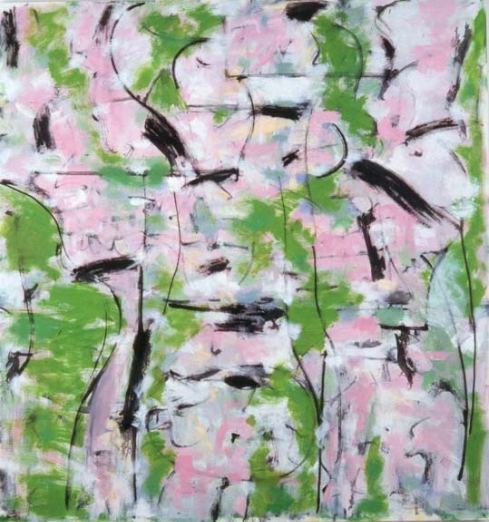
Browning: Glass, 2009
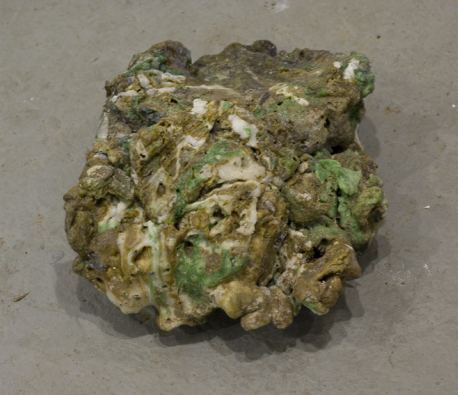 Just kidding. It’s not a history of NW glass. It’s a history of adolescent boys throwing empty beer bottles into a campfire, with a hat tip to these guys.
Just kidding. It’s not a history of NW glass. It’s a history of adolescent boys throwing empty beer bottles into a campfire, with a hat tip to these guys.
In Fra Angelico and Fra Filippo Lippi
‘s The Adoration of the Magi, 1440/1460, light framed in an arch on the upper left serves to echo the light of the event, central to Christians.
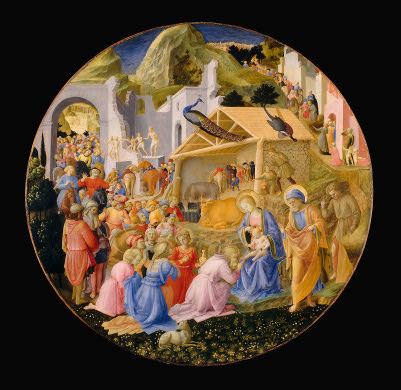 The Annunciation, 1898, by Henry Ossawa Tanner, deals with the strangeness of the moment – an angel visiting a girl to announce her future – by turning the Angel Gabriel into a column of light.
The Annunciation, 1898, by Henry Ossawa Tanner, deals with the strangeness of the moment – an angel visiting a girl to announce her future – by turning the Angel Gabriel into a column of light.
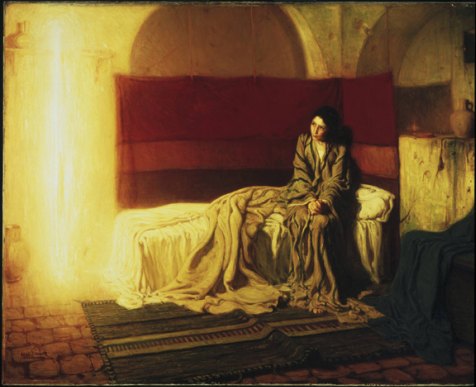 In Lead Pencil‘s Adoration Turning Yellow from 2008, Gabriel is worse for wear. Not only is he no longer the light source, he’s making a mess.
In Lead Pencil‘s Adoration Turning Yellow from 2008, Gabriel is worse for wear. Not only is he no longer the light source, he’s making a mess.
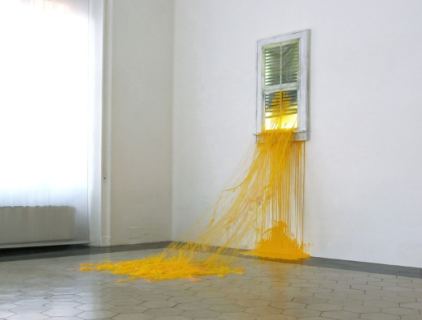
 Thanks, Crawl Space. Last show, Stranger Circumstances, opens Nov. 7 at 6 p.m.
Thanks, Crawl Space. Last show, Stranger Circumstances, opens Nov. 7 at 6 p.m.
an ArtsJournal blog


